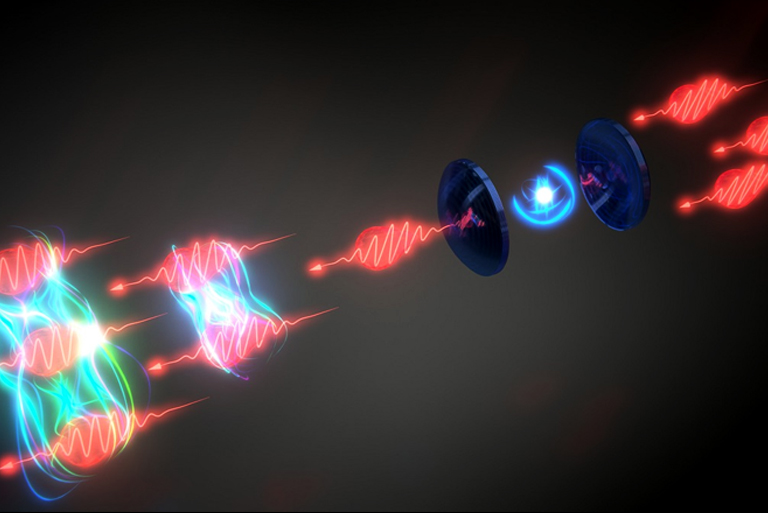Quantum computers are at the forefront of 21st-century technology, promising to revolutionize computing as we know it. In a groundbreaking collaboration, researchers at Paderborn University, in conjunction with colleagues from the Australian National University and Singapore University of Technology and Design, have developed an innovative technology for controlling light. This achievement lays the foundation for the future of optical quantum computers, opening up exciting possibilities for advanced information technology. The results of this research have been published in the prestigious journal Nature Photonics.
The world of optical elements for light manipulation is poised for a significant leap forward, with profound implications for modern information technology, particularly in the realm of quantum computing. One of the most pressing challenges in this domain is the non-reciprocal propagation of light through nanostructured surfaces, where manipulation occurs at an incredibly minute scale. Professor Thomas Zentgraf, the head of the ultrafast nanophotonics research group at Paderborn University, elaborates on this challenge, saying, “Reciprocal propagation allows light to traverse the same path in both forward and backward directions through a structure. In contrast, non-reciprocal propagation is analogous to a one-way street, permitting light to propagate in only one direction.” In optics, non-reciprocity refers to the phenomenon where light exhibits distinct material properties when its direction is reversed. A classic example is a glass window that appears transparent from one side, allowing light to pass through, while acting as a mirror on the other side, reflecting light. This duality is pivotal in photonics for crafting innovative optical elements that govern the behavior of light.
In a collaborative effort between Professor Zentgraf’s team at Paderborn University and researchers at the Australian National University and Singapore University of Technology and Design, non-reciprocal light propagation was combined with frequency conversion of laser light, which entails altering the frequency and, consequently, the color of light. Dr. Sergey Kruk, a Marie Curie Fellow in Zentgraf’s group, sheds light on the breakthrough, stating, “We harnessed frequency conversion within specifically designed nanostructures, featuring dimensions on the order of a few hundred nanometers, to transform invisible infrared light into visible light.” The experiments unveiled that this conversion process exclusively occurs in one direction of illumination for the nanostructured surface while being entirely suppressed in the opposite direction. This dual frequency conversion property was employed to encode images onto an otherwise transparent surface. Zentgraf describes the ingenious approach, saying, “We strategically arranged various nanostructures so that they produce distinct images based on whether the sample surface is illuminated from the front or the back. These images only became visible when we employed infrared laser light for illumination.”
While the initial experiments demonstrated promising results, with the conversion of infrared light into visible light, the intensity of the frequency-converted light within the visible spectrum remained relatively low. Consequently, the researchers are focused on optimizing the efficiency of the process, aiming to reduce the amount of infrared light required for frequency conversion. In future optically integrated circuits, this directional control of frequency conversion could be instrumental in directly switching light with different light sources or creating specific photon states for quantum-optical computations on compact chips. Zentgraf envisions potential applications in optical quantum computers, where directed photon generation through frequency conversion could play a pivotal role in advancing the field.
In conclusion, this collaborative breakthrough in controlling light propagation through nanostructured surfaces, coupled with frequency conversion capabilities, paves the way for quantum leaps in optical quantum computing. The innovative technology promises to usher in a new era of computing, propelling us toward a future where the impossible becomes possible.

